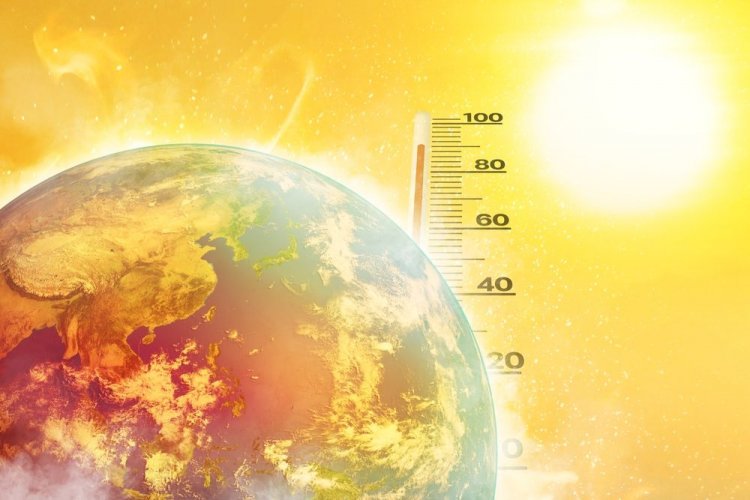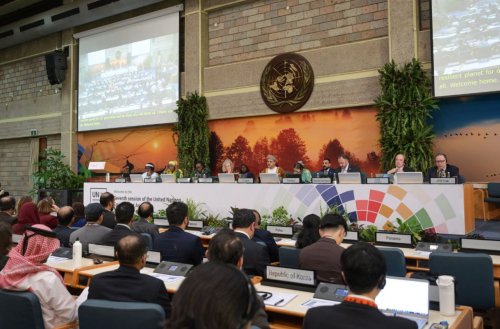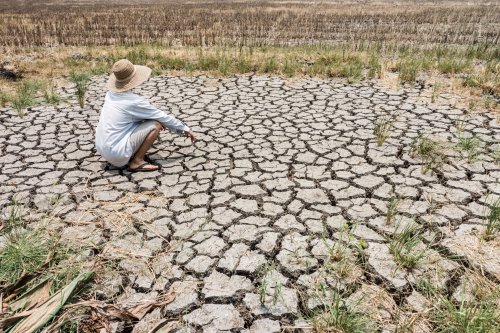Due to global warming, the number of hot days with temperatures above 35°C has increased by 25% compared to 1990 in the world's most populous capitals.
This was reported by researchers from the International Institute for Environment and Development (IIED), according to The Guardian.
Experts have recorded a noticeable increase in the number of hot days as the climate crisis intensifies. Overall, the study showed that the number of days with temperatures above 35°C in the world's 43 most populous capitals increased from an average of 1,062 days per year between 1994 and 2003 to 1,335 days between 2015 and 2024.
The increase was observed worldwide, with the average number of days with temperatures above 35°C doubling in Rome (Italy) and Beijing (China) and tripling in Manila (Philippines). Madrid (Spain) now has an average of 47 days per year with temperatures above 35°C, compared to 25 previously. In London (UK), where the climate is relatively cool, the number of days with temperatures above 30°C has doubled.
Causes of global warming
According to experts, global warming is caused by the burning of fossil fuels. Extreme heat has likely caused the premature deaths of millions of people over the past three decades, with the elderly and residents of large cities being the most affected.
“Global temperatures are rising faster than governments probably expected, and certainly faster than they seem to be responding. Failure to adapt will condemn millions of city dwellers to increasingly uncomfortable and even dangerous conditions due to the urban heat island effect,” said IIED researcher Anna Valnytska.
Experts say that emissions from fossil fuels, which are causing the climate crisis, continue to rise, despite the fact that they need to be reduced by 45% by 2030 to have a chance of keeping global temperatures below the Paris Agreement target.
In particular, in 2024, high air temperatures were recorded around the world, from the US and Canada to Egypt, China, and Japan. In fact, Japan set its historic temperature record of 41.2°C in July, resulting in more than 10,000 people being taken to hospitals. In Europe, more than 16,000 heat-related deaths were the result of the climate crisis from June to August, according to an article in The Guardian.
We remind EcoPolitic readers that UN Secretary-General António Guterres has stated that it is still technically possible to limit the average global temperature increase to 1.5°C by the end of the century.
António Guterres emphasized that it is still possible to limit global warming to 1.5°C by the end of the century. The Paris Climate Agreement has changed the situation for the better over the past 10 years, as the projected global temperature increase has fallen from 4°C to less than 3°C. But now we need to develop new plans to combat global climate change by 2035.





